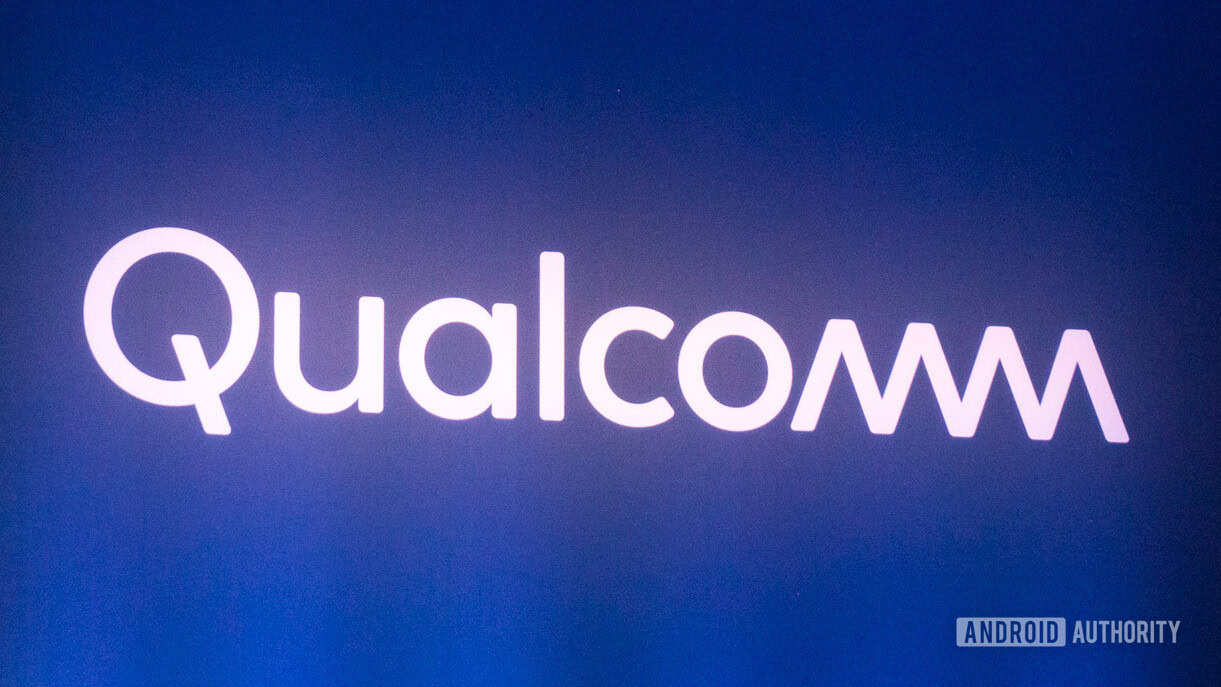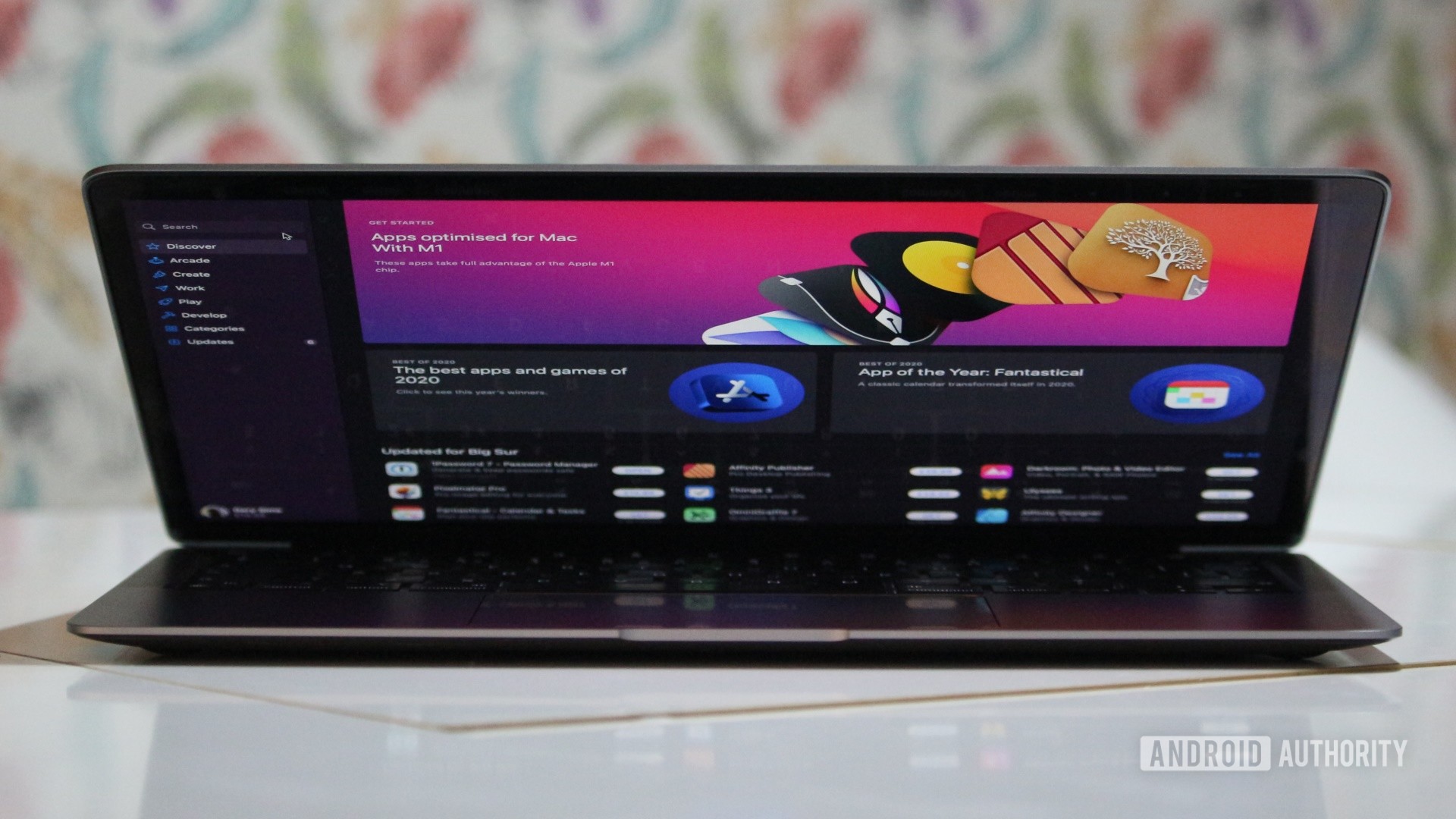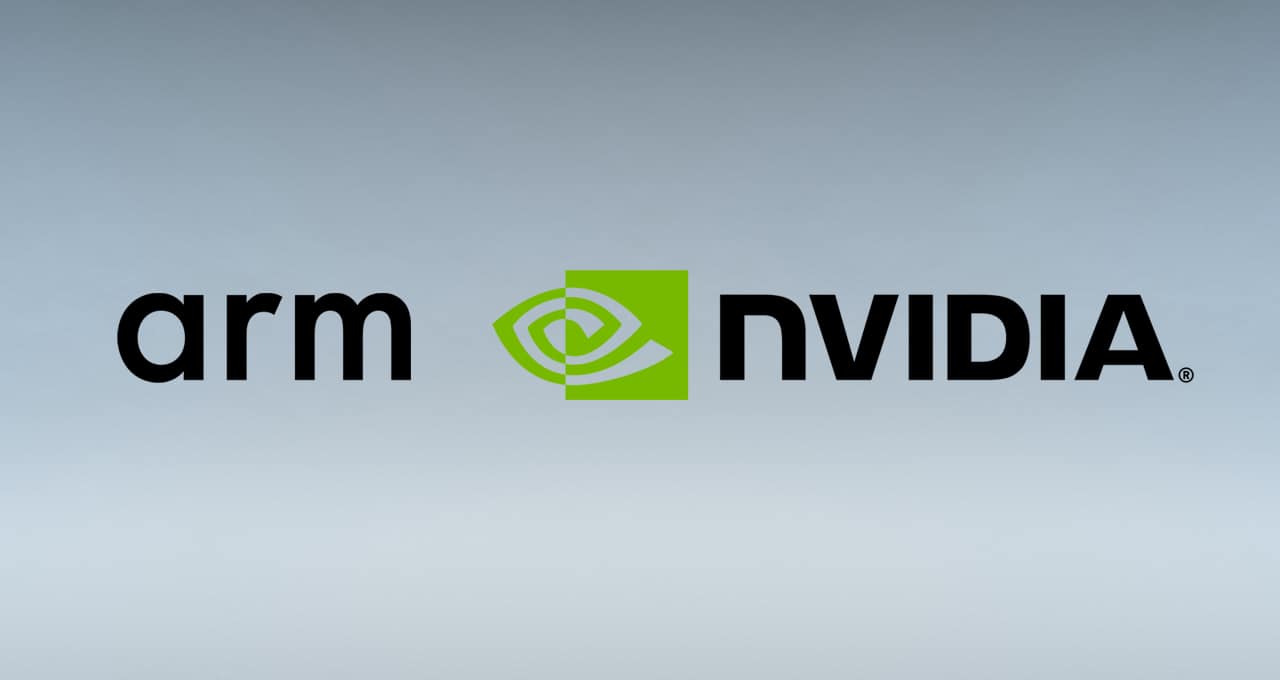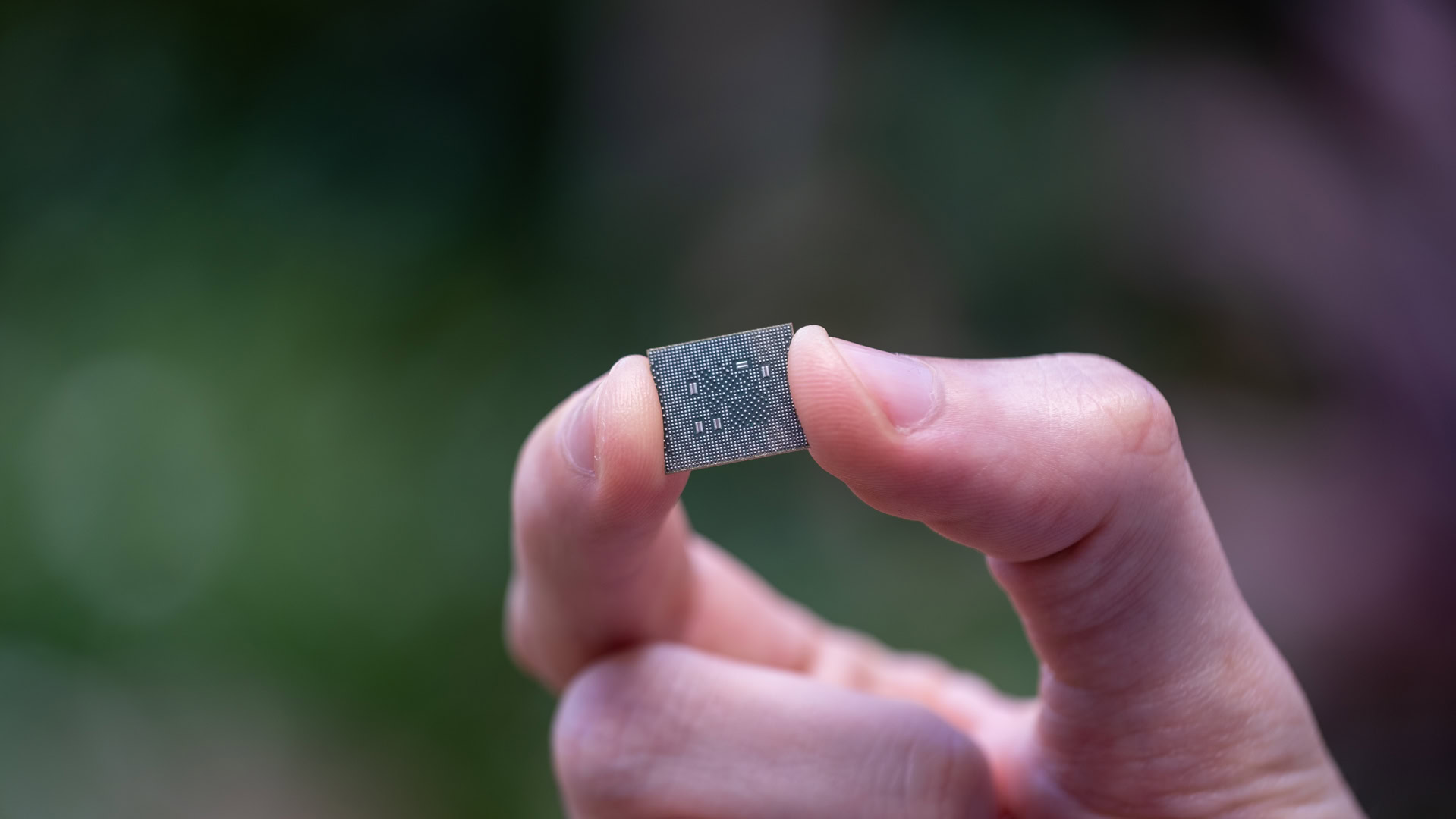Affiliate links on Android Authority may earn us a commission. Learn more.
Analysis: Qualcomm just spent $1.4 billion to compete with Apple's Arm laptops
Published onJanuary 17, 2021

Qualcomm has agreed to purchase Nuvia for approximately $1.4 billion. The news is music to the ears of Qualcomm’s various partners. Samsung, Sony, OnePlus, LG, and others, with products spanning smartphones to smart car systems, have issued supportive statements. This could be one of the most significant tech acquisitions of the year.
But why is Nuvia joining Qualcomm such a big deal? The short version is that the deal sees Qualcomm return to custom CPU designs based on the Arm architecture. This has wide-ranging implications for Qualcomm’s silicon portfolio, from high-performance servers to energy-efficient smartphones. However, there’s much more to the story than that.
What is Nuvia and what does it do?
Nuvia designs CPUs based on the Arm architecture. Ex-Apple CPU design chief Gerard Williams founded the company in early 2019. It was also co-founded by John Bruno, who was a System Architect at Google before spending five years at Apple in a similar capacity. These two have decades of processor design experience between them alone.
It’s particularly noteworthy that Williams was Chief CPU Architect at Apple. He worked on the company’s Cyclone, Typhoon, Twister, Hurricane, Monsoon, and Vortex CPU architectures for various Apple A series SoCs. Prior to his work at Cupertino, Williams spent 12 years as an Arm Fellow, working on the Cortex-A8 and Cortex-A15 architectures that powered early smartphones over a decade ago. The two are joined by Manu Gulati, another ex-Google and Apple silicon employee and lead architect for Apple’s mobile SoCs.
Nuvia was founded by ex-Apple and Google CPU lead designers.
In December 2019, Apple sought to sue Gerard Williams for breach of contract. It asserted that Williams started work on Nuvia and recruited some of his fellow colleagues while still employed at Apple. Williams, however, claimed that Apple engaged in anticompetitive practices in an attempt to prevent him from co-founding with John Bruno. Apple wasn’t happy that some of its lead CPU designers took their expertise elsewhere.
Since its inception, Nuvia has designed datacenter processors targeting industry-leading performance and energy efficiency. Its data center CPUs use a custom version of the Arm CPU architecture. It is not unlike the licensing agreement Apple uses for the CPUs powering its iPhone, iPad, and now Arm-based MacBook product ranges.
Why buy Nuvia now?

In a nutshell, Qualcomm is after Nuvia’s custom Arm design expertise. The logical starting place will be in the data center market, where Nuvia is already designing chips. Arm-based CPUs are gaining steam in the cloud computing space, with Amazon’s Graviton Arm Neoverse looking to shake up the market. This deal will therefore have caught the attention of Intel and AMD. Qualcomm has already made it clear that it plans to leverage Nuvia’s custom design approach to cover swathes of its chipset portfolio too.
5G, the convergence of computing and mobile architectures, and the expansion of mobile technologies into other industries are significant opportunities for Qualcomm.Cristiano Amon, President and CEO-Elect, Qualcomm Incorporated
Qualcomm’s press release makes heavy mention of combining Nuvia CPUs alongside its in-house GPU, DSP, AI, and multimedia accelerators, for comprehensive platforms for a variety of markets. Smartphones, driver assistance systems, extended reality, networking, and next-generation laptops are all on the list. It’s that latter option that could turn out to be the driving factor behind the whole deal. That’s because it would provide Qualcomm with the technology to compete with Intel, AMD, and now Apple in the consumer PC space.
Qualcomm’s more recent Kryo CPUs now use off-the-shelf Cortex-A CPUs designed by Arm. This approach has worked well for smartphone processors. Cortex-A performance has proven more than good enough, leaving Qualcomm to focus on in-house GPU, DSP, ISP, and other components that play a key part in its heterogeneous approach to mobile computing.
Arm vs x86: Instruction sets, architecture, and all key differences explained
However, Apple’s custom CPU approach has yielded superior performance for tablet and laptop products. The latest Apple M1 processor is overseeing a transition away from dependence on Intel’s x86 architecture to Arm for its MacBook products. It’s targeting performance well above what we’ve seen from Qualcomm’s Snapdragon 8cx rebranded Microsoft SQ2 chips. Qualcomm’s last in-house Arm CPU design, on the other hand, was its Krait series. It last appeared in 2016. However, with ex-Apple engineers at the helm, Qualcomm could soon get back into the custom-CPU game and change its approach to the Arm compute performance problem.
It’s exciting to see NUVIA join the Qualcomm team ... moving forward, we have an incredible opportunity to empower our customers across the Windows ecosystem.Panos Panay, Chief Product Officer, Microsoft.
Qualcomm is assisting Microsoft with its own support for Arm-powered PCs, providing Snapdragon platforms for the Windows on Arm initiative. Current-gen performance is fine for portable home and business laptops but is underwhelming for more demanding creative applications and enterprise solutions. If the two companies share the vision for a single Arm architecture spanning mobile, PC, and server products, Qualcomm will require even more performance than Arm’s Cortex-A CPUs have offered thus far. The solution appears to be to take a leaf from Apple’s book and go down the custom architecture route.
Hedging against NVIDIA buying Arm

Another thought that may have influenced Qualcomm’s purchase is the looming prospect of NVIDIA purchasing Arm, pending regulatory approval.
As noted, Qualcomm is dependant on Arm for its CPU needs. NVIDIA’s purchase of Arm casts doubt over future business arrangements. Of course, NVIDIA has gone to great efforts to ensure the industry that it will be business as usual for Arm if the acquisition goes ahead, but prudent businesses hedge their risks. Remember, NVIDIA and Qualcomm are direct competitors in a number of markets, including automotive and data center segments.
Returning to at least some level of custom CPU design affords Qualcomm greater control over its destiny.
It’s possible that the direction of Arm’s Cortex-A roadmap may change under NVIDIA’s influence and may not align with Qualcomm’s ambitions or needs. Access to or pricing of Arm’s portfolio could also change, with NVIDIA retaining the highest performing part for internal use only. Or the business model may stay the same.
Returning to at least some level of custom CPU design affords Qualcomm greater control over its destiny. Building up an in-house design team would also be an invaluable asset in the unlikely event that Qualcomm wants to transition from Arm to an entirely new instruction set in the future. This is a sensible plan when one of your biggest competitors is set to control an essential business partner. At the same time, Arm may not be too happy at potentially losing out on-chip royalties from one of its biggest customers.
What to expect from future Qualcomm/Nuvia CPUs

The acquisition of Nuvia is a major move that could eventually shake up Qualcomm’s entire silicon portfolio. With ex-Apple CPU design leads at the helm, it’s clear that Qualcomm will reintroduce custom Arm architecture CPUs back into its roadmap. These designs could span products for low power smartphones right through to cloud computing servers.
In the consumer space, the link back to Apple cannot be overstated. Investment in its Apple A-series of CPU is helping the company unify mobile and PC products under a single architecture. Apple is carving out a unified approach to computing for the coming years thanks to its approach to CPUs, with performance and battery life benefits in tow. No doubt Qualcomm shares a similar vision for its expansive chipset portfolio.
Ironically, Qualcomm’s return to the custom CPU space arrives not long after Samsung ended the development of its custom Mongoose Arm CPU cores. Future Qualcomm Snapdragon chipsets may drop Cortex-A CPUs for in-house designs. If Qualcomm can succeed where Samsung ran into difficulties, Qualcomm smartphones may pull ahead of their Android rivals and close the single-core CPU gap with Apple. However, smartphone performance is reasonably fine as is. It’s laptop and server chips that could use a new approach.
Transitions of this nature will take many years to play out. In the short-term, Qualcomm’s roadmap likely won’t change much if at all. Nuvia’s first server products were already not expected to arrive until 2022 at the earliest. Reconfiguring its smartphone and other chipset roadmaps around this acquisition could take even longer. We’ll keep an eye out for announcements in the coming months and years.